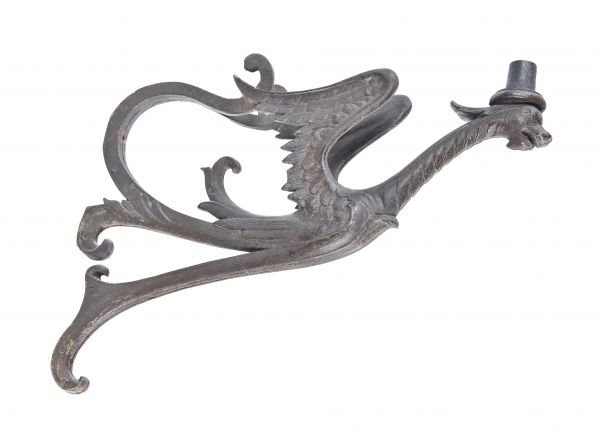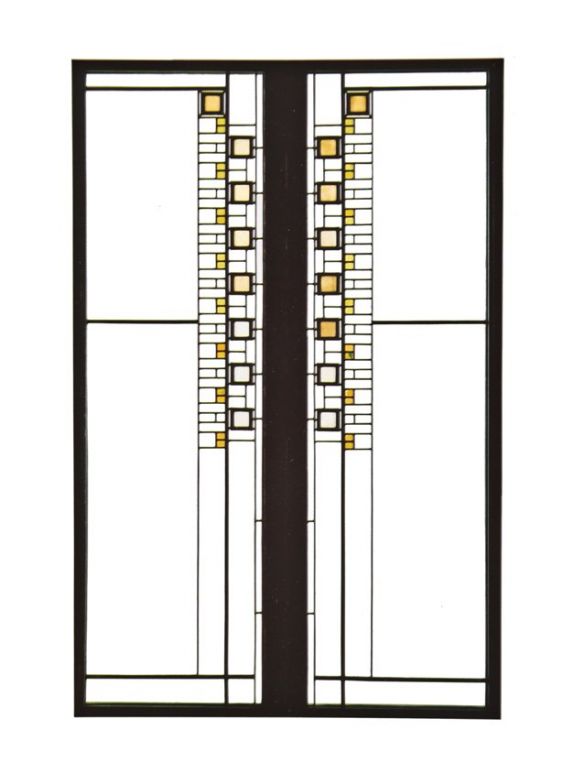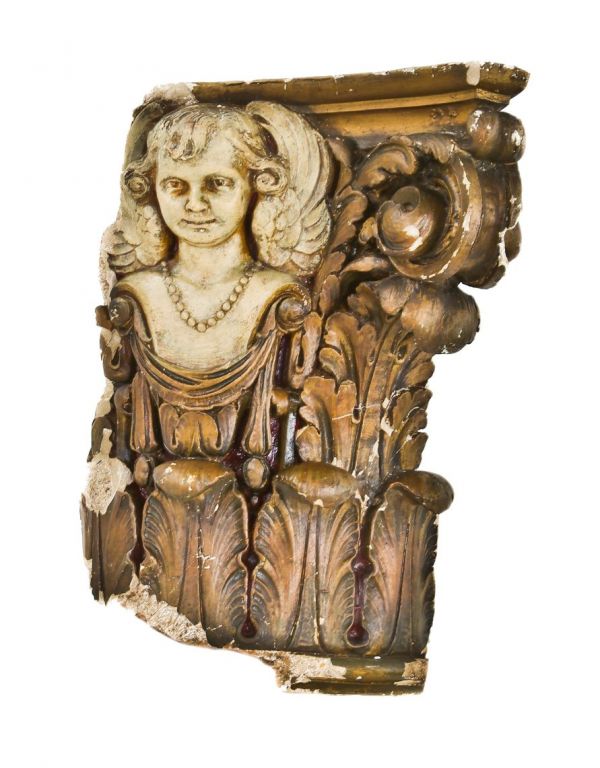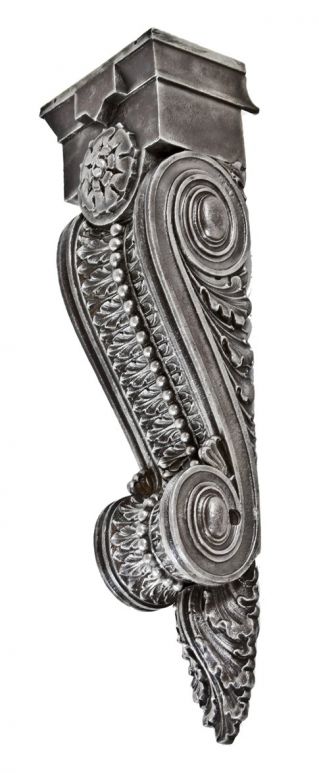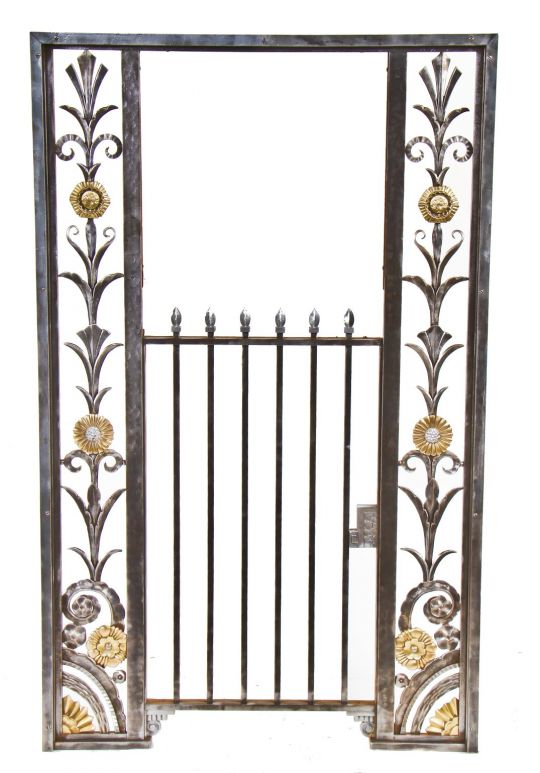original museum quality and historically important early 20th century remarkable st. louis world's fair winged dragon exterior fairgrounds cast iron lamp post bracket
SOLD
Out of stock
SKU
UR-21661-15
foundry and/or fabricator not known
documented authentic historically-important and museum quality oversized ornamented cast iron figural winged dragon exterior lamppost bracket once used to illuminate the st. louis world's fair of 1904. the exact number of bracketed dragons salvaged and.or survived after the fair ended is not known. the weathered oversized lamp bracket features a very open and curvaceous body with detailed wings, long scaly neck and distinctive head. the cylindrical segment resting above the dragon's head contained a large and bulbous glass globe (long since removed or destroyed) illuminated by a single socket. the figural lamp bracket has been brushed down to bare metal and sealed with a clear coat lacquer (the bracket was found in a heavily rusted state). exceptional and visually striking world's fair artifact. the "louisiana purchase exposition," informally known as the st. louis world's fair, was an international exposition held in st. louis, missouri, in 1904. st. louis hosted the world's fair to celebrate the centennial of the 1803 louisiana purchase. it was delayed from a planned opening in 1903 to 1904, to allow for full-scale participation by more states and foreign countries. the fair opened april 30, 1904, and closed december 1, 1904. the fair's 1,200 acre was designed by george kessler, which was located at the present-day grounds of forest park and on the campus of washington university, and was the largest fair to date. there were over 1,500 buildings, connected by some 75 miles of roads and walkways. it was said to be impossible to give even a hurried glance at everything in less than a week. the palace of agriculture alone covered some 20 acres. exhibits were staged by 62 foreign nations, the united states government, and 43 of the then-45 u.s. states. these featured industries, cities, private organizations and corporations, theater troupes, and music schools. there were also over 50 concession-type amusements found on "the pike." a popular myth says that frederick law olmsted, who had died the year before the fair, designed the park and fair grounds. there are several reasons for this confusion. first, kessler in his twenties had worked briefly for olmsted as a central park gardener. second, olmsted was involved with forest park in queens, new york. third, olmsted had planned the renovations in 1897 to the missouri botanical garden several blocks to the southeast of the park. finally, olmsted's sons advised washington university on integrating the campus with the park across the street. in 1901 exposition selected emmanuel louis masqueray to be chief of design of the louisiana purchase exposition. in the position for three years, masqueray designed the following fair buildings: palace of agriculture, the cascades and colonnades, palace of forestry, fish, and game, palace of horticulture and palace of transportation, all of which were widely emulated in civic projects across the united states as part of the city beautiful movement. masqueray resigned shortly after the fair opened in 1904. as with the world's columbian exposition in chicago in 1893, all but one of the louisiana purchase exposition's grand, neo-classical exhibition palaces were temporary structures, designed to last but a year or two. they were built with a material called "staff," a mixture of plaster of paris and hemp fibers, on a wood frame. as at the chicago world's fair, buildings and statues deteriorated during the months of the fair, and had to be patched. the palace of fine art, designed by architect cass gilbert, featured a grand interior sculpture court based on the roman baths of caracalla. standing at the top of art hill, it now serves as the home of the st. louis art museum.
You Might Also Like
WORDLWIDE SHIPPING
If required, please contact an Urban Remains sales associate.
NEW PRODUCTS DAILY
Check back daily as we are constantly adding new products.
PREMIUM SUPPORT
We're here to help answer any question. Contact us anytime!
SALES & PROMOTIONS
Join our newsletter to get the latest information

